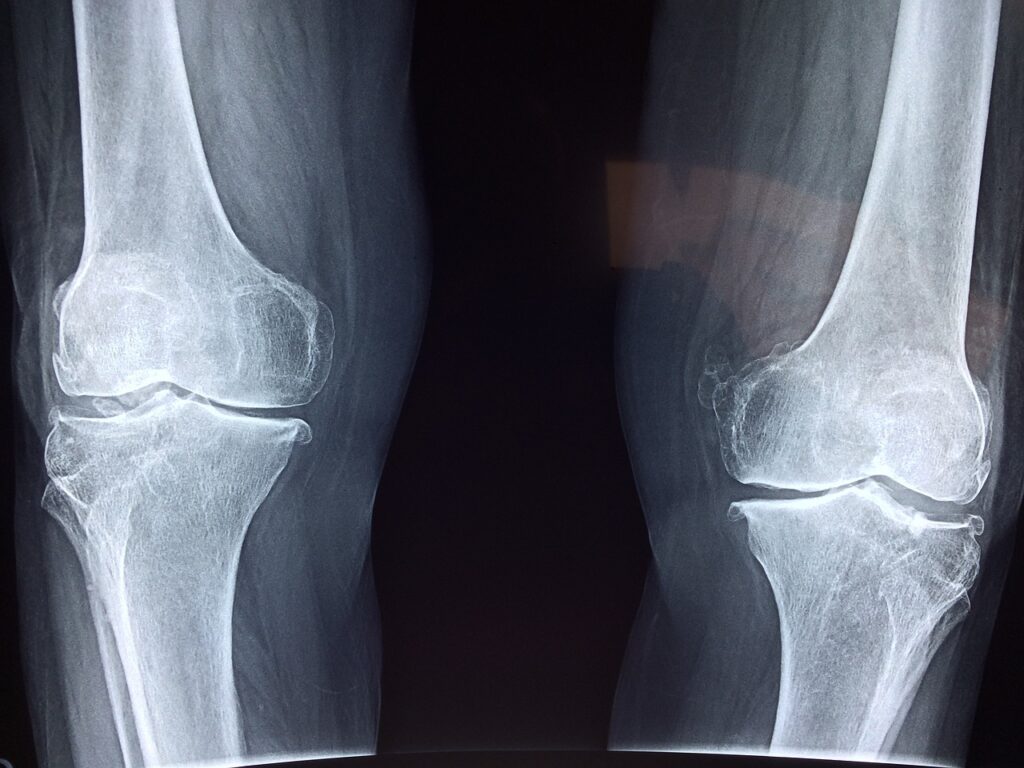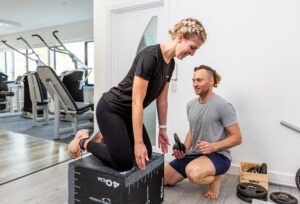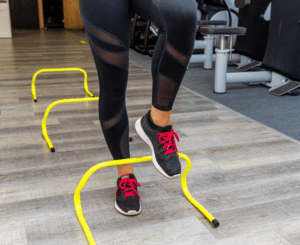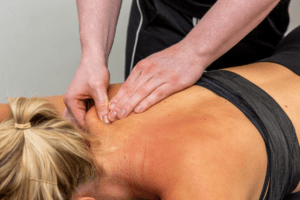What is Knee Osteoarthritis?
Knee Osteoarthritis (OA) is the most common type of arthritis worldwide. It is defined as a joint disorder that occurs when damage within the joint triggers repair processes resulting in structural changes of the joint that take place over time. These changes are characterised by the progressive degeneration of the cartilage, the formation of new bone at the joint margins (osteophytes) and inflammation of the joint. Knee OA has frequently been described to primarily be a result of “wear and tear” of the knee joint. However, this is a notion which oversimplifies the complexity of the condition. This blog will delve into the “wear and tear” misconception and aim to help clarify the commonly asked questions regarding knee OA.
What are the risk factors of Knee Osteoarthritis?
Knee OA is a complex and multifactorial condition. Some key risk factors that contribute to the development of knee OA are:
1. Age – As we age, the ability of the cartilage within the knee joint reduces it’s ability to regenerate.
2. Genetics -Research has shown that an individual with a family history of osteoarthritis independent to how much stress the has endured.
3. Obesity – An excess of body weight results in an increase of stress the joint has to endure which has shown to accelerate the progress of osteoarthritis. However, please note that not all individuals with knee OA are overweight and not all overweight individuals develop knee OA. This highlights the complexity of the condition.
4. Previous Joint Trauma or Injury – This may alter the biomechanics but also predispose the knee due to reduced muscle strength and mobility.
5. Hormonal factors – Particular in postmenopausal women. This is because Oestrogen levels post-menopause drops. Oestrogen has shown to have a protective effect on cartilage degeneration and has also shown to have anti-inflammatory effects. In addition, some women opt for postmenopausal Hormone Replacement Therapy (HRT). In some cases HRT can have protective impacts on joint health. However, it is recommended to discuss the potential benefits and risks of HRT with your GP, as the relationship between HRT is complex and dependent on the duration and type of HRT being provided.
What are the common symptoms of Knee Osteoarthritis?
The key symptoms of Knee OA can include:
- Pain
- Reduced Joint Range of Motion
- Swelling
- Stiffness, particularly in the mornings which tends to improve with activity.
How can I prevent Knee Osteoarthritis?
Knee OA can be managed by addressing the controllable risk factors, such as maintaining a healthy weight, staying physically active, seeking early intervention and lifestyle modifications to help to reduce the impact of knee OA on the quality of life.
How does Exercise and Strengthening Help Knee Osteoarthritis?
Exercise is a vital component of Knee OA prevention, treatment, and management. Contrary to the “wear and tear” misconception, appropriate physical activity can be extremely beneficial in several ways:
- Pain management – Physical activity helps to reduce pain by improving the strength of the muscles that surround and support the joint. Therefore, this lowers the load on the joint.
- Improved Joint Function – Regular exercise can improve joint range of motion and balance, therefore reducing the symptoms of stiffness by promoting the production of synovial fluid which helps to lubricate the joint.
- Weight Management – Regular physical activity helps us to burn the extra calories which can lead to weight gain. This helps to reduce the load on the knee joint and slow the process of knee OA.
- Improved Cartilage Health – It’s important to note that exercise cannot regenerate the cartilage that has been lost in the process of knee OA. However, it can help to maintain and promote the health of the existing cartilage.
- Inflammation Control – Physical activity has shown to stimulate the production of anti-inflammatory substances to help to reduce joint inflammation.
What Exercises should I be doing to help manage and prevent Knee osteoarthritis?
It is best to receive a personalised exercise routine from a physiotherapist to help you to achieve your goals and carry out exercises which are tailored and adapted to your specific needs and requirements. However, common exercises that are recommended for knee OA may include low-impact aerobic exercises such as walking, swimming and stationary biking as well as gentle strengthening exercises of the quadriceps, gluteals, hamstrings and calves. It is important to start slowly and gradually increase intensity. The key is to stay consistent and avoid any high-impact activities that could exacerbate your pain. One of the physiotherapists with us at Tops:Health will work with you to design an exercise program that will include strength training as well as aerobic exercises. The national guidelines for strength training is to carry out at least 150 minutes of strength training per week. Strength training is vital to maintain muscle mass to support the knee joints and reduce the load the joint must endure.
Conclusion:
To conclude, the “wear and tear” misconception is an oversimplification of knee osteoarthritis which has led to some confusion of this condition. Aging and mechanical stress do contribute to the development of knee OA. However, other factors including genetics and hormonal factors also play a role. It is important to remember that Knee OA is a multifactorial condition and its onset and clinical presentations vary from person to person. We at Tops:Health are here to offer accurate information, demystify any misconceptions, and help to enable you on the steps towards better health by offering holistic and preventative exercises and advice to manage and prevent knee OA.



